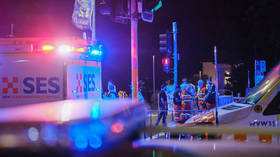
NEW DELHI— Tata Group-owned Air India (AI) Flight 171, a Boeing 787-8 Dreamliner en route from Ahmedabad (AMD) to London Gatwick (LGW), crashed shortly after takeoff on 12 June 2025. All 241 onboard, except one, plus 19 people on the ground, were killed in the deadliest Indian air accident in recent years.
The Aircraft Accident Investigation Bureau (AAIB) of India has released a preliminary report confirming that both engine fuel control switches were inadvertently moved to “CUTOFF,” resulting in loss of thrust mid-air. Investigators are now focusing on crew actions, as no mechanical faults were found.
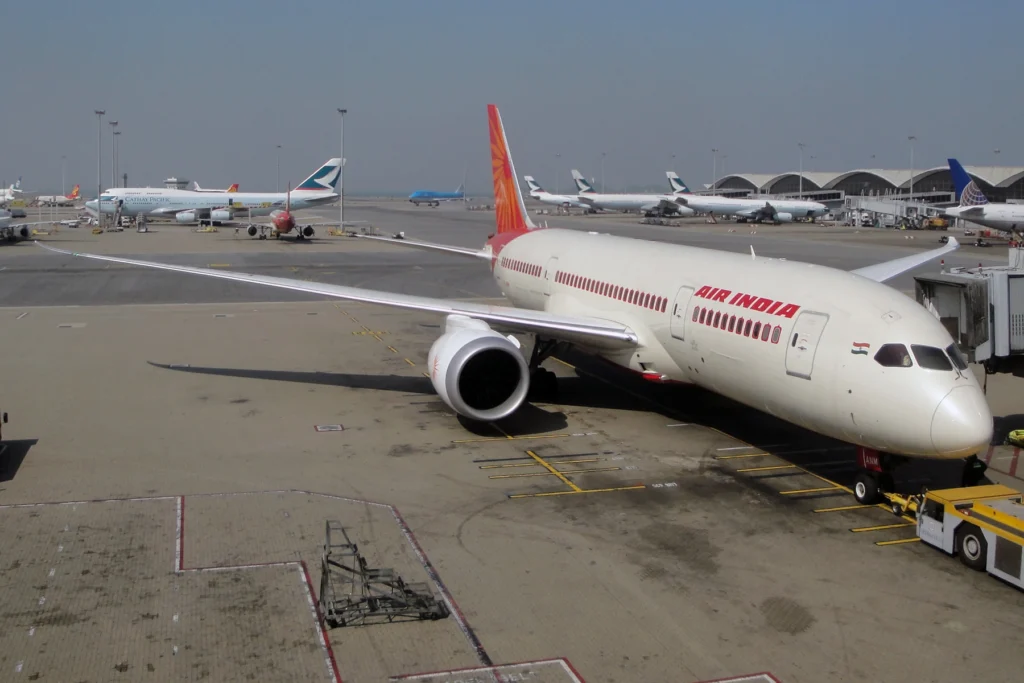 Photo: By Kambui – Air India Boeing 787-8 Dreamliner VT-ANM, CC BY 2.0, https://commons.wikimedia.org/w/index.php?curid=58290529
Photo: By Kambui – Air India Boeing 787-8 Dreamliner VT-ANM, CC BY 2.0, https://commons.wikimedia.org/w/index.php?curid=58290529Air India 787 Crash Preliminary Report
The aircraft, registered as VT-ANB, had landed earlier that day from Delhi and was cleared for its onward journey to the UK. On board were 230 passengers, 10 cabin crew, and 2 flight crew members.
At 08:07 UTC, the aircraft received takeoff clearance from Runway 23 at Sardar Vallabhbhai Patel International Airport (VAAH).
Flight data shows the aircraft lifted off at 08:08:39 UTC. Merely seconds after reaching a top airspeed of 180 knots, both engines lost thrust as their fuel cutoff switches were moved from “RUN” to “CUTOFF” within a one-second interval.
A mayday was declared at 08:09:05 UTC, just before the plane crashed into a densely populated residential area near the airport.
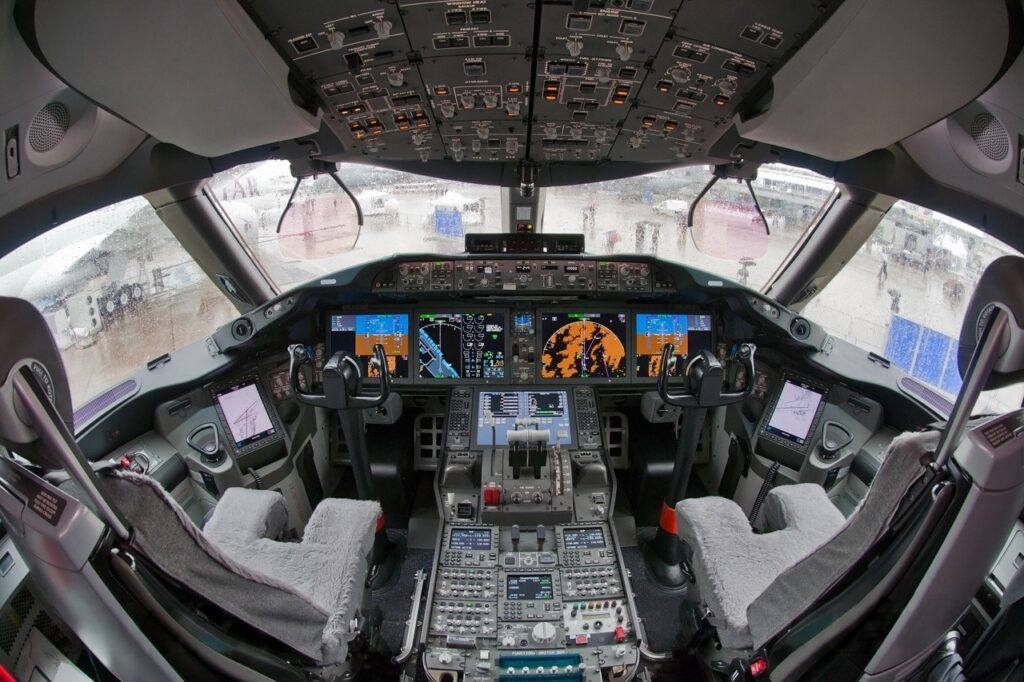 Photo: By Alex Beltyukov – http://www.airliners.net/photo/Boeing/Boeing-787-8-Dreamliner/1940205/L/, CC BY-SA 3.0, https://commons.wikimedia.org/w/index.php?curid=20304402
Photo: By Alex Beltyukov – http://www.airliners.net/photo/Boeing/Boeing-787-8-Dreamliner/1940205/L/, CC BY-SA 3.0, https://commons.wikimedia.org/w/index.php?curid=20304402Flight Data and Cockpit Voice Analysis
Data from the Enhanced Airborne Flight Recorders (EAFRs) provided critical insights. At the moment of failure, the cockpit voice recorder captured one pilot asking, “Why did you cut off?”—indicating that the action was unintentional.
The other pilot responded with denial. The co-pilot was flying the aircraft while the captain served as pilot monitoring.
Both engines began a relight sequence after the switches were returned to the “RUN” position within 10 seconds. However, the recovery was insufficient. Engine 1 showed signs of stabilization, while Engine 2 failed to regain core speed.
The aircraft could not maintain altitude and impacted buildings within one nautical mile of the departure end of the runway.
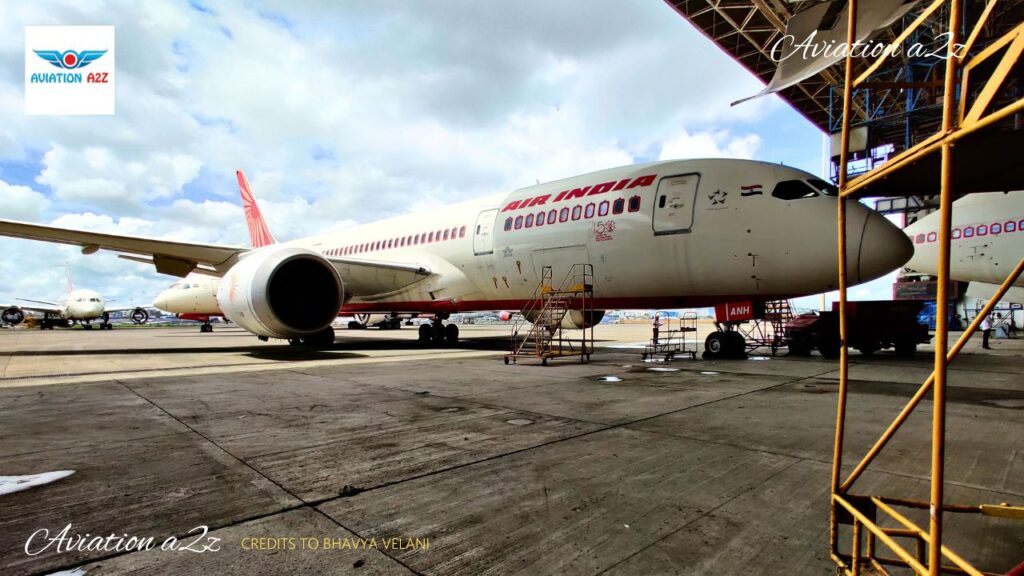 Photo: Bhavya Velani/Aviation A2Z
Photo: Bhavya Velani/Aviation A2ZAircraft and Engine Condition
The Boeing 787 Dreamliner, manufactured in 2013 and powered by GEnx-1B engines, had undergone routine maintenance with no reported defects on the fuel control switch system.
A 2018 FAA advisory had flagged potential disengagement issues with similar fuel control switch locking mechanisms across Boeing platforms, but Air India had not performed the optional inspection, as it was not mandated.
At the time of the accident, the aircraft had four Category C Minimum Equipment List (MEL) items and one Category A MEL related to nitrogen generation. All were within validity and unrelated to flight-critical systems.
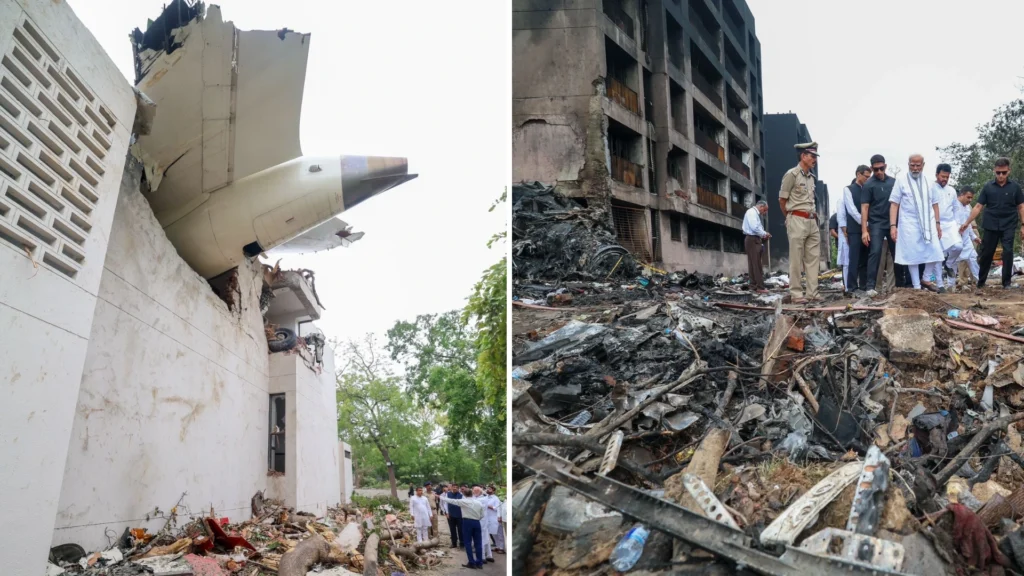 Photo: PM Narendra Modi X Handle
Photo: PM Narendra Modi X HandleWreckage Pattern and Ground Damage
The aircraft struck the BJ Medical College hostel just outside the airport perimeter. A wide debris field—approximately 1,000 x 400 feet—contained wreckage parts embedded across six buildings
The tail and right landing gear were lodged in Building A, the right engine separated upon hitting a rooftop water tank, and the left engine impacted Building D at ground level. Fire damage was extensive.
The vertical stabilizer was found detached 200 feet south of the main wreckage. Both engines and key flight systems were quarantined for analysis. Notably, the Emergency Locator Transmitter (ELT) was not activated during the crash sequence.
Crew Information and Duty Status
The captain, aged 56, held an ATPL with over 15,000 flight hours—8,500 of those on the Boeing 787.
The 32-year-old co-pilot, a CPL holder, had just over 3,400 flight hours, including 1,128 hours on the Boeing 787. Both had adequate rest before the flight and passed preflight medical checks.
According to duty logs, both pilots had no flight hours in the preceding 24 hours, with standard cumulative flight times in the preceding 7, 30, and 180 days—indicating no fatigue-related limitations.
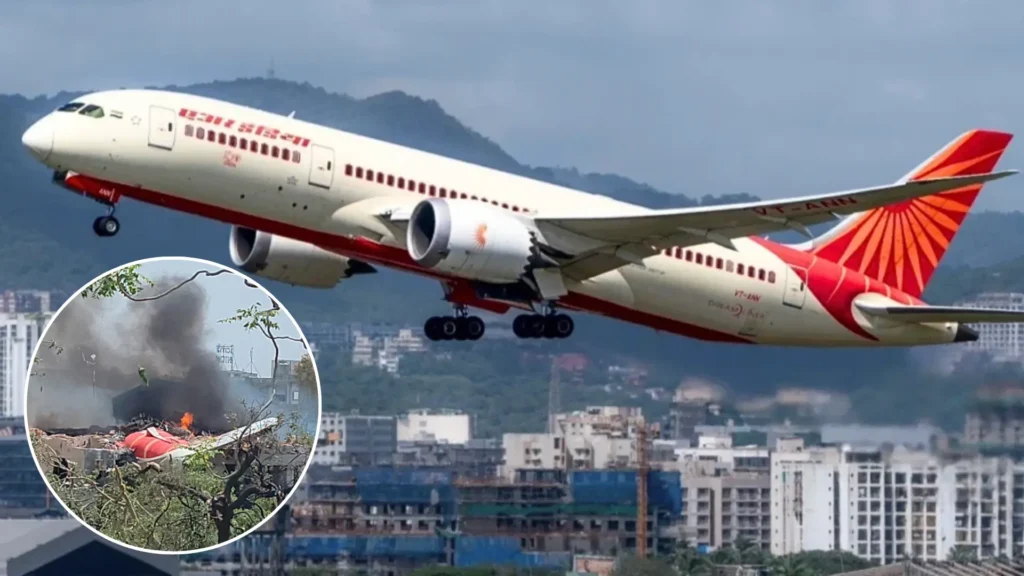 Photo: Siddh Dhuri, Compounded by Aviation A2Z
Photo: Siddh Dhuri, Compounded by Aviation A2ZATC Communication and Final Moments
All communications with Ahmedabad ATC were reviewed. After requesting pushback at 07:43 UTC, the aircraft taxied, lined up, and was cleared for takeoff by 08:07:33 UTC. The aircraft issued a “MAYDAY” call at 08:09:05 UTC.
No further communication was received, and visual confirmation of the crash was made shortly after by the control tower.
The Ram Air Turbine (RAT) was seen deploying seconds after fuel cutoff, confirming rapid loss of power. The Automatic Power Unit (APU) initiated start-up autonomously, and both engines showed signs of igniter function. Yet, thrust recovery was inadequate to prevent impact.
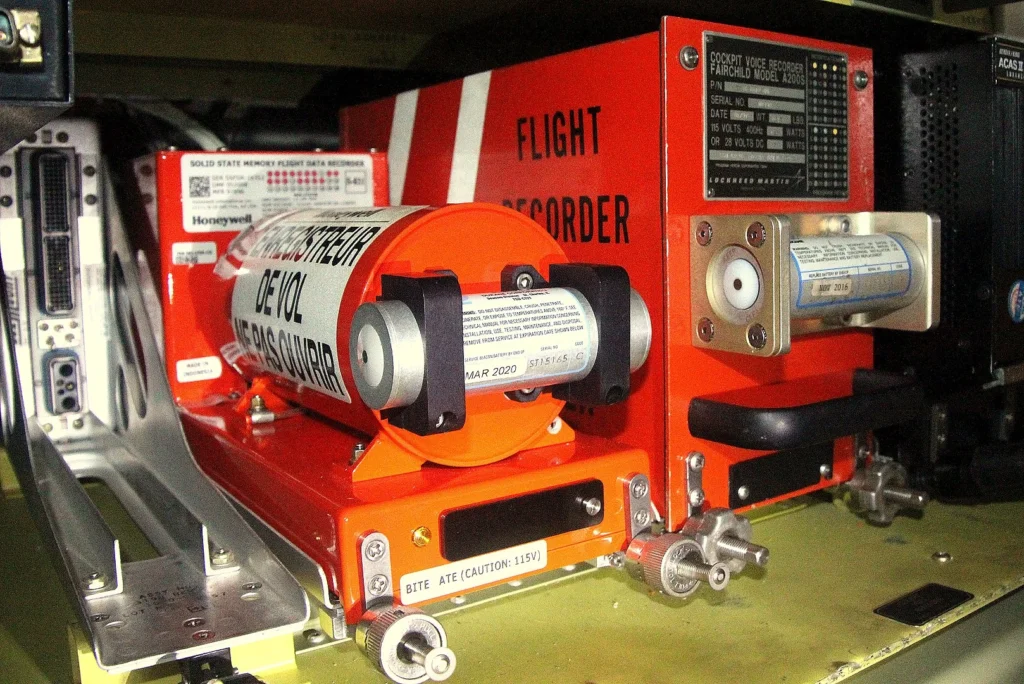 Representative Photo: By YSSYguy at English Wikipedia, CC BY-SA 3.0, https://commons.wikimedia.org/w/index.php?curid=48246637
Representative Photo: By YSSYguy at English Wikipedia, CC BY-SA 3.0, https://commons.wikimedia.org/w/index.php?curid=48246637Findings So Far
- Fuel cutoff switches were manually moved mid-air without an apparent reason.
- No mechanical failure of the engines or throttle systems was found.
- Reversal attempts to restart engines were recorded but could not generate recovery thrust in time.
- Maintenance records showed no prior defects or fuel control issues.
- Weather and ATC services played no role in the incident.
- No bird strike was observed on CCTV, contradicting early speculation.
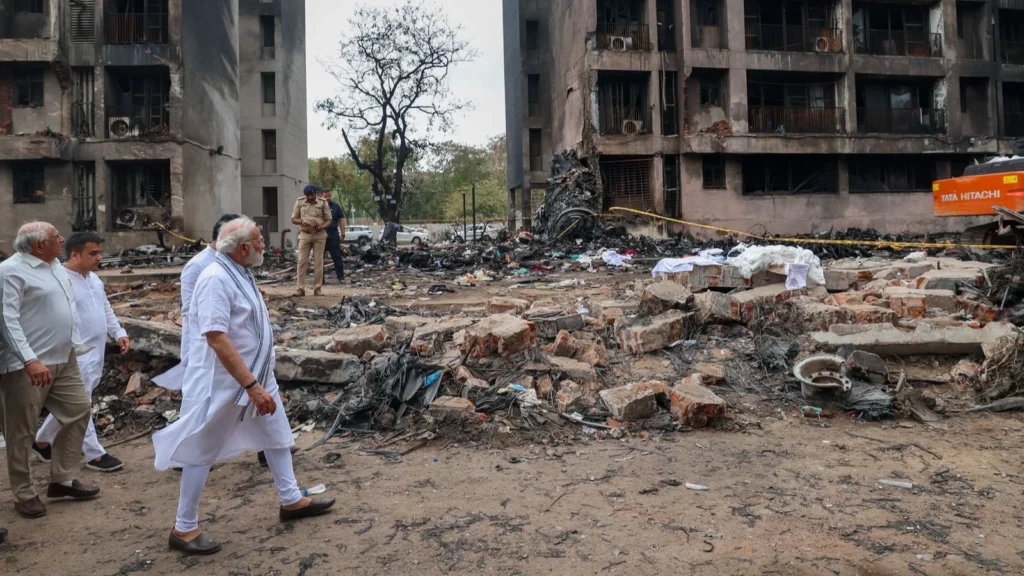 Photo: PM Narendra Modi X Handle
Photo: PM Narendra Modi X HandleOngoing Investigation & Next Steps
The AAIB has collected all relevant wreckage and is analyzing flight recorder data. Fuel samples tested from the refueling bowser and tanks were found satisfactory.
Forensic analysis of pilot actions, system behavior, and human factors is underway, with expert teams from the FAA, NTSB, Boeing, GE, and authorities from the UK, Portugal, and Canada participating.
There are currently no airworthiness directives issued for the Boeing 787-8 or GEnx-1B engines. However, the investigation will continue to probe procedural adherence, cockpit dynamics, and potential latent design vulnerabilities in the fuel control switch interface.
Conclusion
The crash of Air India Flight AI171 is a stark reminder of how critical cockpit actions during initial climb can lead to catastrophic outcomes.
With systems operating within parameters and no mechanical fault evident, the focus has narrowed sharply on human factors and possible procedural lapses.
A final report will follow once the full investigation concludes. For now, the tragedy underscores the necessity of constant vigilance, even in seemingly routine flight phases.
You Can Download and read the complete Report Here: https://aaib.gov.in/What’s%20New%20Assets/Preliminary%20Report%20VT-ANB.pdf
Air India Flight AI171 Crash FAQs
According to the preliminary AAIB report, both engine fuel cutoff switches were inadvertently moved to “CUTOFF” shortly after takeoff from Ahmedabad (AMD), resulting in total thrust loss. Although relight attempts were made, the engines didn’t regain sufficient power in time, leading to the crash.
No. The Boeing 787-8 (VT-ANB) and its GE GEnx-1B engines showed no mechanical or systemic faults. All airworthiness directives were up to date, and maintenance records did not indicate prior issues with the fuel control system.
No. CCTV footage from the airport confirmed that no significant bird activity occurred along the flight path. Early speculation about a bird strike was ruled out by investigators.
A total of 260 people died—241 of 242 onboard (230 passengers, 12 crew) and 19 on the ground—when the aircraft impacted residential buildings shortly after takeoff.
Yes. Cockpit voice recordings revealed one pilot questioning the other about the engine fuel cutoff. The preliminary report suggests unintentional activation of the fuel switches, putting pilot actions under scrutiny, though the investigation is still ongoing.
Stay tuned with us. Further, follow us on social media for the latest updates.
Join us on Telegram Group for the Latest Aviation Updates. Subsequently, follow us on Google News
Air India Pilot Collapses Before Bengaluru Flight
The post Air India 787 Crash Preliminary Report: Pilot Error Suspected in Engine Shutdown appeared first on Aviation A2Z.






